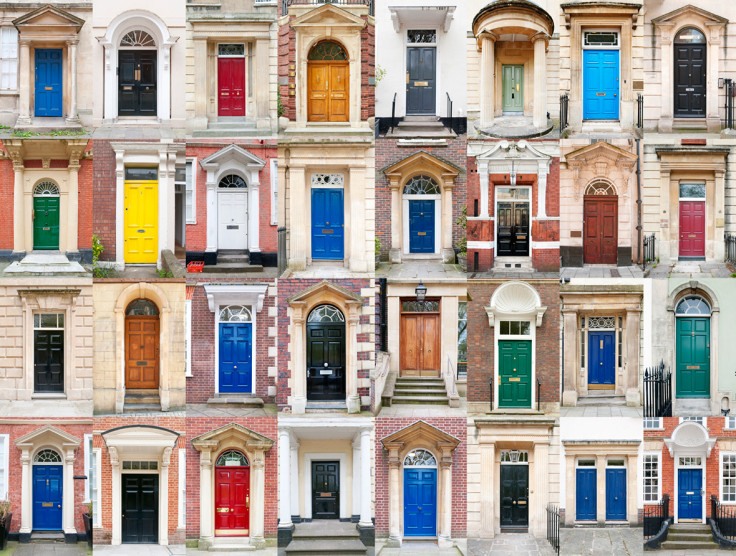English Housing Survey: The rise of Generation Rent and workers relying on housing benefit

Every year, the Department for Communities and Local Government (DCLG) carries out its English Housing Survey. Researchers look at the statistics to discover trends and changes in England's housing market, from social renting to home ownership. And the 2014/15 survey is now out. Here are the eye-catching findings.
The decline in home ownership has stopped.
There are 22.5 million households in England and 64% are owner-occupiers -- the same as in the 2013/14 survey. This is significant because it ends a decade of decline in the home ownership rate, from its 71% peak in 2003, something the Conservatives wanted to adjust -- and this is a sign they may have done it. Albeit with the help of ultra-low interest rates, which has made mortgages cheaper. They have also introduced a number of schemes for those first-time buyers struggling against high house prices, including Help to Buy and shared ownership.
Today's youth are officially Generation Rent.
The sharp rise in house prices over the last few years, driven by a housing shortage in some areas of the country, coupled with falling incomes has made it harder for first-time buyers to get onto the property ladder. And the latest data tells this story. "Over the last 10 years there has been a significant increase in the proportion of younger households in the private rented sector," according to the survey. "In 2004-05, 24% of those aged 25-34 lived in the private rented sector. By 2014-15 this had increased to 46%. Over the same period, the proportion of 25 to 34-year-olds buying with a mortgage decreased from 54% to 34%. In other words, younger households aged 25 to 34 are more likely to be renting privately than buying their own home, a continuation of a trend first identified in 2012-13."
More people in work are relying on housing benefit, which is being cut.
Rising rents, a lack of affordable housing, and falling incomes have put extra pressure on household finances. Even those in work are struggling. More are, according to the data, relying on government support, even though housing benefit is being cut back under government austerity. "Between 2013-14 and 2014-15, the proportion of non-working private renters on housing benefit declined from 57% to 49% while the proportion of private renters in work and on housing benefit increased from 14% to 18%," says the survey. "No such pattern was observed among social renters."
The shift from social to private renting has stalled.
There was no change in the portion of renters in the private or social sectors over the year. There were 4.3 million households renting privately in England, or 19% of all households. And 3.9 million, or 17%, lived in the social rented sector. But the survey noted a higher number of families with children renting privately than before. "Over the last 10 years, the proportion of households in the private rented sector with dependent children increased from 30% in 2004-05 to 37% in 2014-15," it said, noting this was around 912,000 extra households with children renting privately.
More social renters think they will buy their home as Right to Buy is revived.
Part of the government's effort to increase home ownership has been to revive the Right to Buy for council tenants by increasing the discount they are offered if they are able to buy their homes. Under the housing bill going through parliament, the Right to Buy will be extended to housing association tenants too, though the involvement of the associations will be voluntary, not compulsory. Evangelism for home ownership seems to be converting more social tenants. "Among social renters who expected to buy, half (52%) of local authority tenants and a third (35%) of housing association tenants expected to buy their current home," the survey noted. "The overall proportion of social tenants who expected to buy their current home increased from 35% in 2010-11 to 42% in 2014-15."
More people own a home outright than have a mortgage.
"In 2014-15, there were more outright owners (33%) than mortgagors (30%), a continuation of the trend first identified in 2013-14," says the survey. "This was not the case in London where there were more mortgagors (27%) than outright owners (23%), most likely as a result of the younger age profile of the population in London."
© Copyright IBTimes 2025. All rights reserved.






















